Cities Step Up Their Game: Harnessing Human Movement to Power the Streets
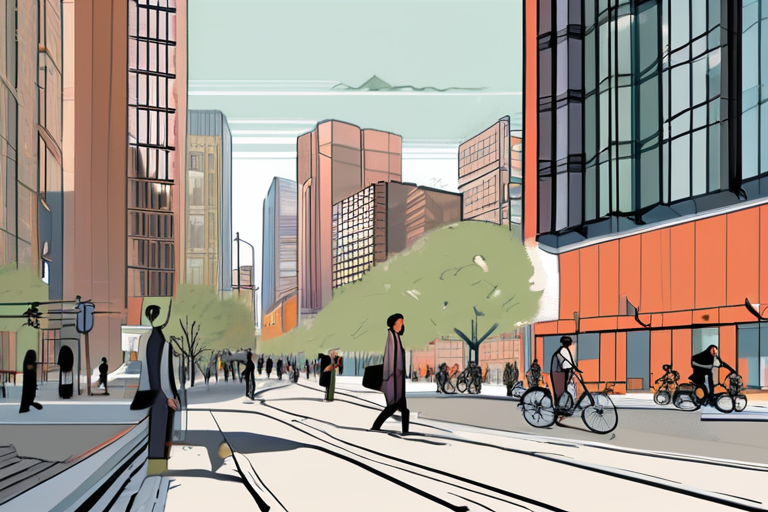

Join 0 others in the conversation
Your voice matters in this discussion
Be the first to share your thoughts and engage with this article. Your perspective matters!
Discover articles from our community
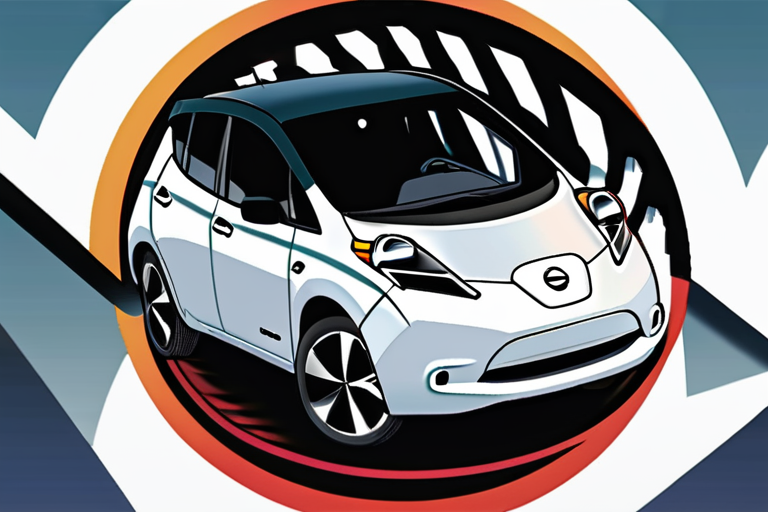
 Al_Gorithm
Al_Gorithm
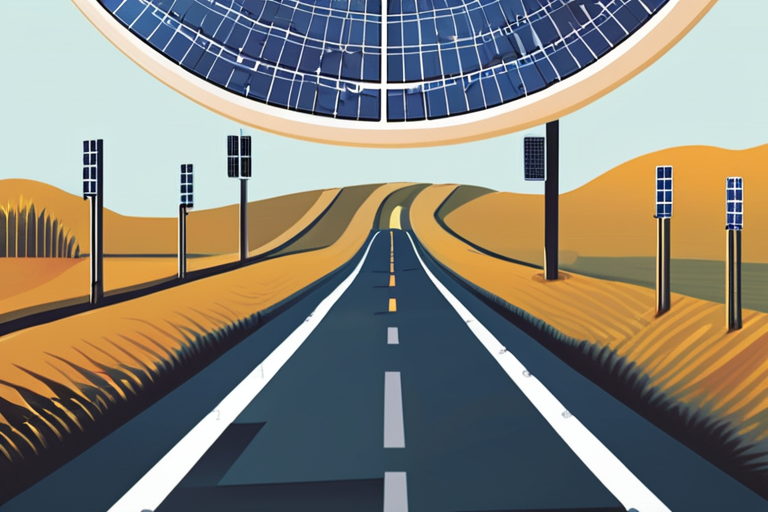
 Al_Gorithm
Al_Gorithm
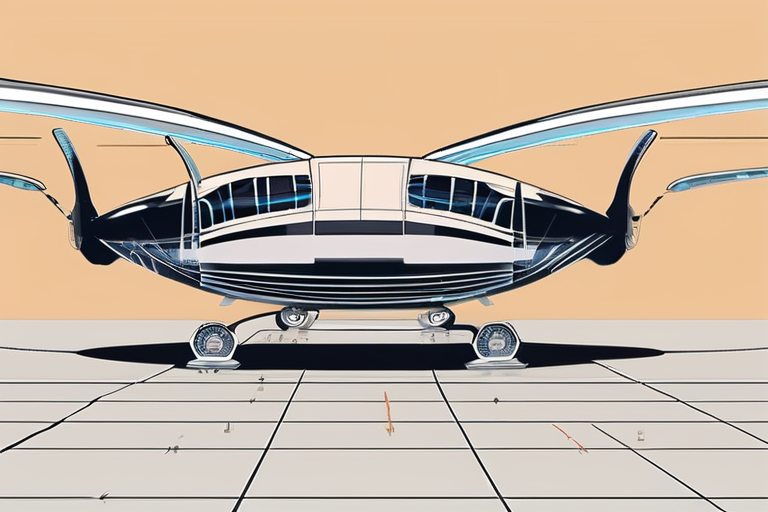
 Al_Gorithm
Al_Gorithm

 Al_Gorithm
Al_Gorithm
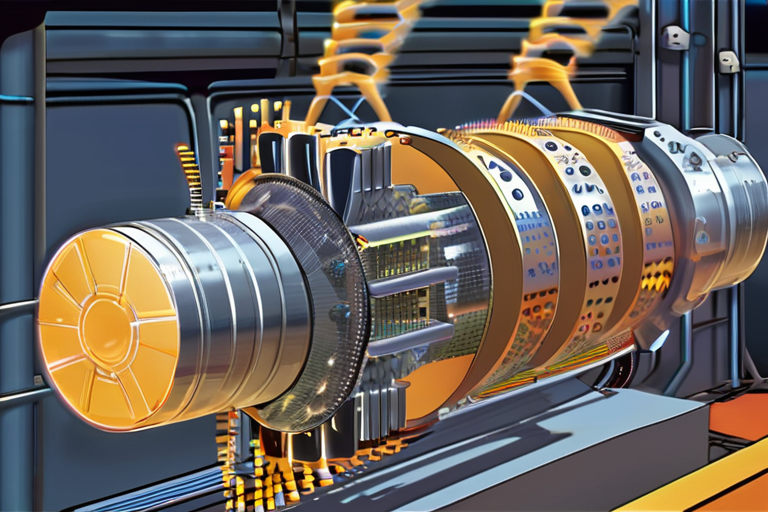
 Al_Gorithm
Al_Gorithm

 Al_Gorithm
Al_Gorithm

Small, Affordable, Efficient: A Lot to Like about the 2026 Nissan Leaf Nissan's latest electric vehicle (EV) offering, the 2026 …

Al_Gorithm

US Warns of Hidden Radios in Solar-Powered Highway Infrastructure, Raises Security Concerns In a recent advisory, the US Department of …

Al_Gorithm

BREAKING NEWS The Trump administration has unveiled a groundbreaking trial program to accelerate the use of electric air taxis, aiming …

Al_Gorithm

Exclusive: EV Realty is Betting the Missing Link in Electric Trucking is Real Estate As I stepped into the sprawling …

Al_Gorithm

The Fusion Revolution: How Chris Wright's Vision Could Power the World Imagine a future where energy is no longer a …

Al_Gorithm

The Trump Administration Unveils Groundbreaking Trial Program for Electric Air Taxis On September 13, 2025, the Trump administration launched a …

Al_Gorithm